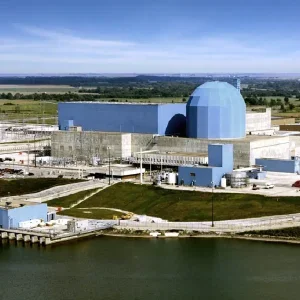Texas is set for another oil boom, with production this year expected to hit a record high. That’s according to Karr Ingham, the oil economist who created the Texas Petro Index — a composite based on several upstream indicators, reports https://oilprice.com/.
The December 2017 reading of the index was 188.8, up from 151.2 in December 2016. This is still far below the peak of 314.2, which was reached in November 2014, a few months after the price slide began, but it’s much better than 2016 readings. In fact, the TPI has been rising for 13 months in a row.
Now, that’s obviously thanks to higher prices and more efficient production, and Ingham noted both, adding, however, that oil price predictions are “all over the map”. Still, he forecast that oil production in both Texas and the United States as a whole will break the previous records. For the Lone Star State, Ingham predicted total production of 1.423 billion barrels this year, or around 3.9 million bpd, beating its previous record of 1.263 billion barrels (3.46 million bpd), set in 1972.
If prices stay above $60 a barrel, this would spur a strong rebound in oil and gas drilling in Texas and in the other southern states, as forecast by the Dallas Fed in a survey among oil executives conducted at the end of last year. At the time of the survey, WTI traded below the $60 threshold, but yesterday it hit $66.66, so there’s a very good chance that it will remain above $60 for a while, unless something unforeseeable happens.
The Energy Information Administration’s (EIA) latest weekly petroleum status report pegged daily production at 9.88 million bpd, of which 9.37 million bpd was from the Lower 48. The authority’s drilling productivity report said that in January the average daily production in Texas’s two largest shale plays, the Eagle Ford and the Permian stood at 1.242 million bpd and 2.794 million bpd, respectively. These are set to rise to 1.57 million bpd in the Eagle Ford and 2.87 million bpd in the Permian.
And that’s not all. New well production is also increasing in the two Texas plays: for the Eagle Ford this averaged 1,200 bpd this month, but next month it will rise to 1,281 bpd, according to the EIA. Average new well production in the Permian was lower than this, at 628 bpd this month but expected to rise to 632 bpd in February.
So, for now Texas’ oil and gas prospects look very bright. But how long it will shine is anyone’s guess. The near term seems clear, unless OPEC and Russia decide to put an early end to their production cut deal. While drillers expand their production, the state could pocket 27 percent more from severance taxes, land rates, and royalties from the industry than previously calculated if WTI stays above $60. That’s about $3.3 billion in oil revenue, from the earlier estimate of $2.6 billion.
But the production expansion in the Eagle Ford and the Permian will have to be measured. Today, Brent and WTI prices reacted negatively to doubts that U.S. shale oil production is growing too fast. Of course, they also reacted to a stronger greenback, so the doubts about the shale patch weren’t the single reason for the slight decline, but the fact remains that too fast a growth rate wouldn’t do Eagle Ford and Permian drillers any favors — but slow and easy could do the trick.






